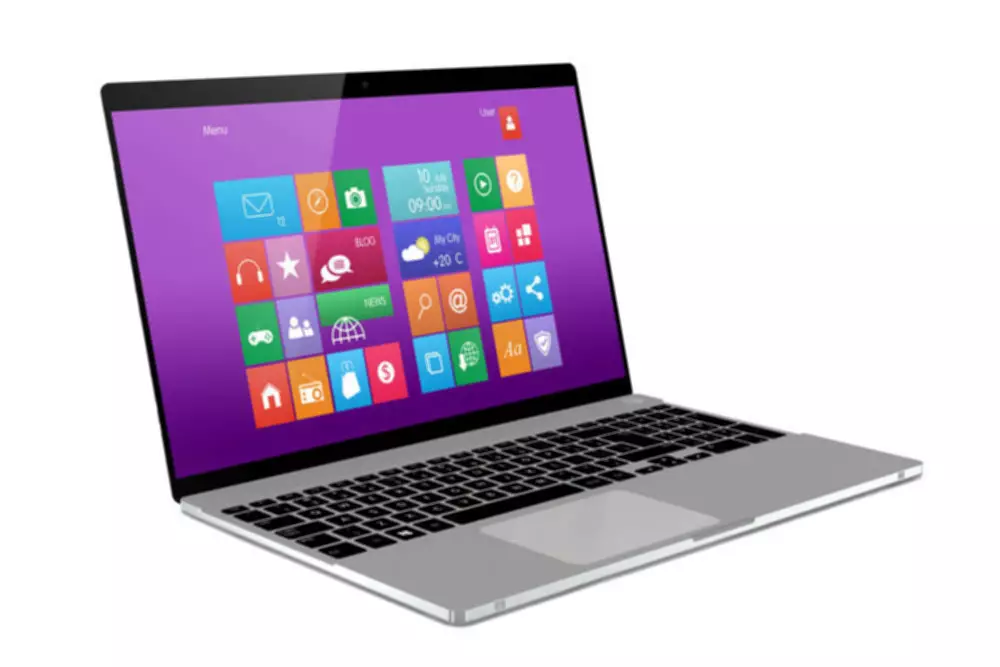Content

A contra asset is a negative asset account that offsets the asset account with which it is paired. The purpose of a contra asset account is to store a reserve that reduces the balance in the paired account. By stating this information separately in a contra asset account, a user of financial information can see the extent to which a paired asset should be reduced. Reserve for obsolete inventory is a contra asset account used to write down the inventory account if inventory is considered obsolete. Excess, stored inventory will near the end of its lifespan at some point and, in turn, result in expired or unsellable goods.
By reporting contra accounts on the balance sheet, users can learn even more information about the company than if the equipment was just reported at its net amount. Balance sheet readers cannot only see the actual cost of the item; they can also see how much of the asset was written off as well as estimate the remaining useful contra asset account life and value of the asset. Your bank account, the inventory you currently stock, the equipment you purchase, and your accounts receivable balance are all considered asset accounts. The use of contra accounts ensures the accuracy of financial accounting records, as the value of the original accounts is not directly reduced.
Obsolete Inventory
Writing off your obsolete inventory in this manner allows you to expense the cost of the obsolete inventory while also decreasing your current inventory balance using the contra asset account. Inventory obsolescence is an expense account, while the allowance for obsolete inventory is a contra asset account, which aims to reduce the inventory valuation on your balance sheet. Contra asset accounts provide business owners with the true value of certain asset accounts. For example, let’s say your accounts receivable balance is currently $11,500, but you’re not entirely sure that you’ll be able to collect the entire balance due. If a listed company purchases its own shares from the open market, it will have to debit the treasury stock account in order to record the transaction. A company might decide to purchase its stock when the board of directors feel the stock is undervalued or when it wishes to pay its shareholders dividends.
- This type of account can also be called the bad debt reserve or allowance for doubtful accounts.
- Units should consider using an allowance for doubtful accounts when they are regularly providing goods or services “on credit” and have experience with the collectability of those accounts.
- In bookkeeping, a contra asset account is an asset account in which the natural balance of the account will either be a zero or a credit (negative) balance.
- If a ledger were to be observed in this situation, then one would see a balance of three asset debits (van, building, equipment) matched up against three contra asset credits (van, building, equipment).
- Its purpose includes selling the asset to another business unit, merger and acquisition.read more or impairment must be considered.
When a contra asset transaction is created, the offset is a charge to the income statement, which reduces profits. Accumulated depreciation is a contra asset account used to record the amount of depreciation to date on a fixed asset. Examples of fixed assets include buildings, machinery, office equipment, furniture, vehicles, etc.
Understanding Contra Accounts
Both the asset and the corresponding CA accounts must be stated clearly in the balance sheet. Usually, the asset account is listed first, and its contra asset counterpart is listed underneath, with the asset’s net value or book value. Although they https://www.bookstime.com/articles/sales-journal all aim at reducing the balance of some type of account, it is useful to have some general foundational knowledge of the different types of accounts. A contra account is an account with a balance opposite the normal accounts in its category.